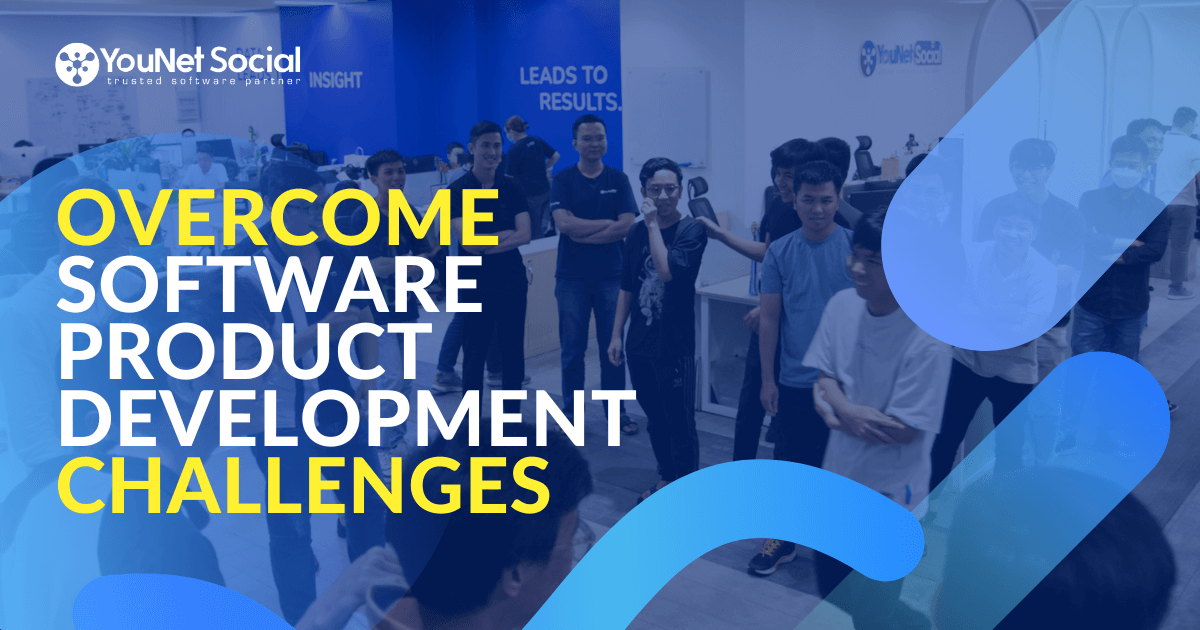

1. What is Digital adoption?
Digital adoption is the process of learning how to use new technology that enables you to take advantage of its full benefits and potential. In a business setting, digital adoption is achieved when an organization facilitates the widespread use of new technology by its employees or customers during implementation with contextually guided onboarding and training, as well as on-demand performance support.
2. Why Digital Adoption Should Be a Priority


In today’s rapidly evolving business landscape, digital adoption is no longer just a buzzword; it’s a strategic imperative. Here’s why prioritizing digital adoption should be at the forefront of every organization’s agenda:
- Competitive Edge: Businesses that embrace digital adoption gain a competitive edge in the market. By leveraging the latest technologies and tools, they can streamline processes, enhance customer experiences, and stay ahead of industry trends.
- Improved Efficiency: Digital adoption drives operational efficiency by automating repetitive tasks, streamlining workflows, and reducing manual errors. This allows employees to focus on high-value activities, leading to increased productivity and performance across the organization.
- Enhanced Customer Experience: In today’s digital age, customers expect seamless and personalized experiences. Digital adoption enables organizations to better understand and engage with their customers through data-driven insights, targeted marketing campaigns, and omnichannel communication channels.
- Cost Savings: While the initial investment in digital adoption may seem significant, the long-term cost savings can be substantial. By replacing legacy systems, reducing manual processes, and optimizing resource allocation, organizations can achieve significant cost efficiencies over time.
- Future Readiness: With technology evolving at an unprecedented pace, digital adoption is essential for future readiness. By staying abreast of emerging trends and embracing new technologies, organizations can future-proof their operations and remain relevant in an increasingly digital world.
3. Common Processes for Embracing Digital Technologies
- Technology Integration: This involves adopting and implementing new software, hardware, or other technological solutions. Software integration occurs at various levels within a business and is highly advantageous.
- Leveraging Digital Tools: Embracing new digital technology and utilizing it to its maximum potential, thereby optimizing software return on investment and enhancing user productivity.
- Process Incorporation: The process of adopting and integrating new business practices and procedures.
- Embracing Novel Business Models: This includes the transition to new business models, revenue strategies, strategic frameworks, and more.
It’s important to recognize that every business transformation initiative encounters challenges related to digital adoption. It’s worth noting that not all digital adoption processes achieve success, as many may fall short. Effectively managing, supervising, and optimizing adoption procedures can profoundly influence the outcome of a project.
5. Top Essential Tools for Enhancing Your Digital Approach


- 1. Digital Adoption Platforms (DAPs): A digital adoption platform is software that integrates with any system in your internal toolkit that allows your L&D and digitization leaders create customized in-app guidance such as walkthroughs, task lists, smart tips, and tutorials that help users to navigate the app. DAPs are particularly effective during employee, customer, and user onboarding. What’s best is that DAPs allow you to monitor how users interact with the tools and see which features people typically struggle with. A DAP allows you to track user behaviors within applications as well as the history of the usage of specific help content.
- 2. Project Management Platforms: Project management tools are indispensable for any project. Many organizations rely on project management platforms to enhance team communication, foster collaboration, and streamline various project-related activities.
- 3. Social intranet tools: Social intranet tools represent the next level of collaboration. These platforms seamlessly integrate your business applications into a centralized intranet portal, providing access to your entire suite from a single dashboard. Think of it as a tailored social media channel designed for internal use. While some may argue that intranet software portals are outdated, they remain indispensable for consolidating the diverse devices and channels utilized by businesses. By leveraging a social intranet tool alongside communication platforms like Slack or Bitrix 24, you can cultivate a robust, employee-centric intranet environment.
- 4. Digital Accounting tools: In 2024, integrating digitalization into finance and accounting processes is both daunting and essential for any business. If you haven’t embarked on this journey yet, now is the time to select, implement, and most importantly, fully adopt a digital accounting tool. When selecting a tool, involving your finance department in the decision-making process is crucial. What daily tasks do they encounter? What are their pain points? How do they currently handle payroll? With myriad digital accounting tools available, it’s important to find one that aligns with your accountants’ specific needs. Additionally, we highly recommend considering Odoo as your digital accounting solution. With its comprehensive suite of features and user-friendly interface, Odoo streamlines accounting processes and enhances overall efficiency.
Conclusion
Digital adoption is not just about staying current; it’s about thriving in an ever-changing business environment. By making digital adoption a priority, organizations can unlock new opportunities, drive growth, and position themselves for long-term success.
If you’re looking to transform your business and require assistance with digital adoption, don’t hesitate to connect with us. We’re here to listen to you. Our team of experienced consultants at Younet Social can help you pinpoint your business requirements and provide consultants.




